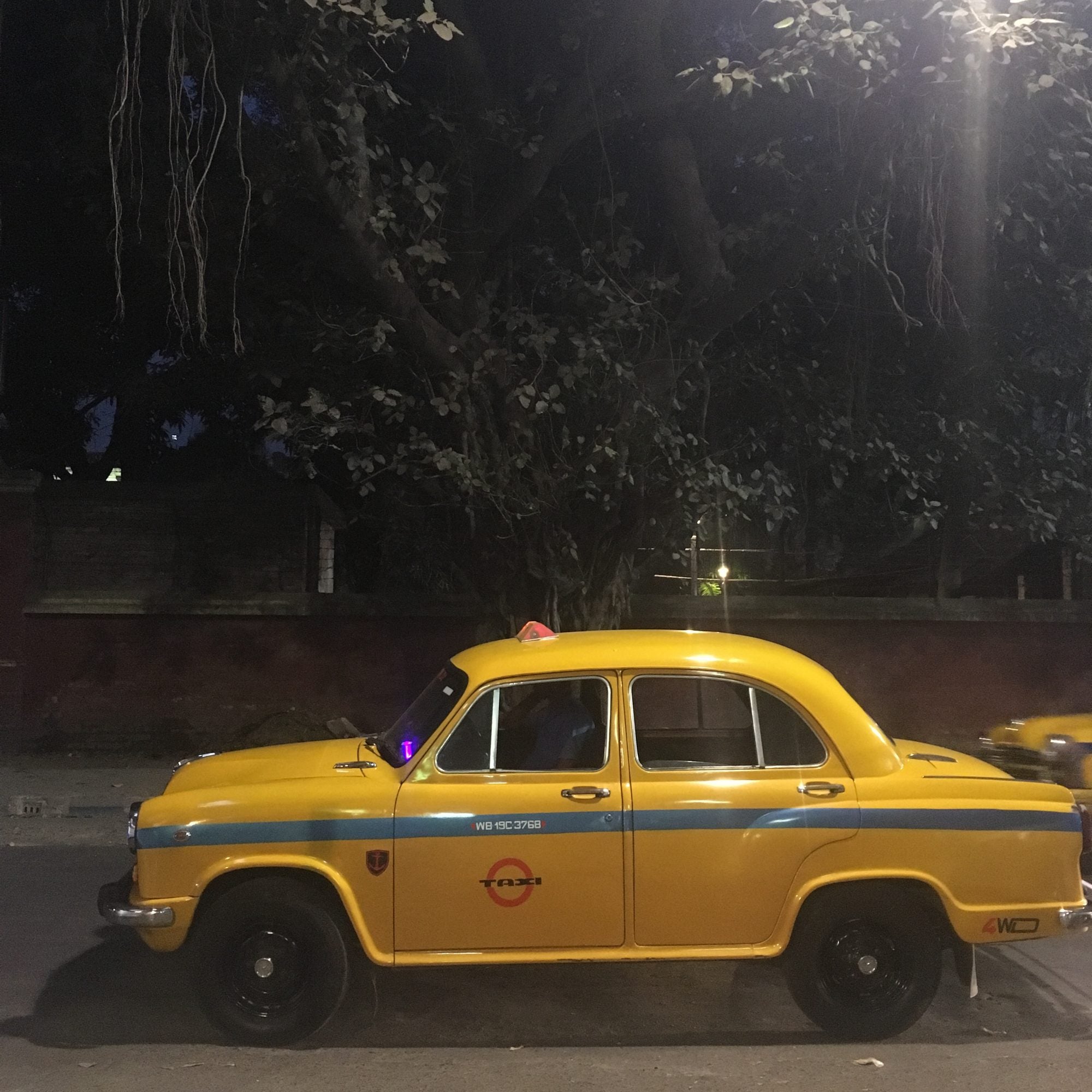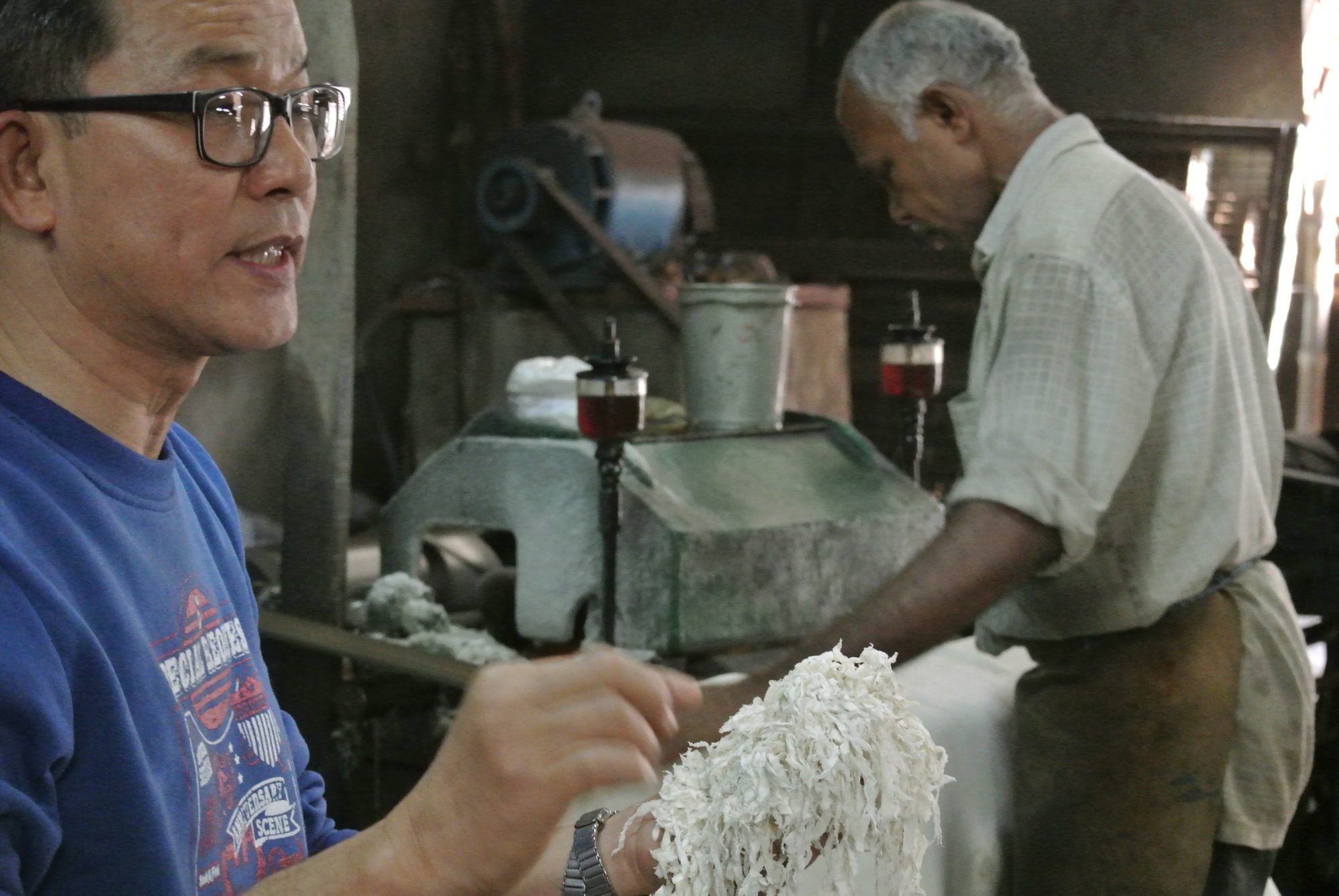DAY 5
On Saturday we visited the house of Rajashi who taught us all about the Bengali kitchen. It was a great experience to visit her and learn how much preparation, time and hard work goes into a Bengali meal.
Are you curious to hear and see what we’ve learned and cooked? Keep following the O My Bag blog to find out photos and recipes on there soon!

FOOD FOR THOUGHT
We reserved the weekend for chilling and blog writing but of course food is also very very important and we decide to do a Bengali food cooking class. The cooking class takes place at the home of the lovely Rajashi Gupta who explains us the basics of the Bengali kitchen and tells us also more about her culture. She is married to an architect and has a daughter who studies in the US. She misses her daughter dearly but is very rational about the fact that because she has better job opportunities in the US she should be there. Luckily, she and her husband have been able to visit her once in a while.
This strong and slightly shy lady knows her way around the kitchen and explains that the Bengali kitchen is centred around fish and meat. Often the diet in Hinduism is a vegetarian diet so this is extraordinary. She explains to us that this is due to the mixed cultures in Bengali. Early ages Bengali was ruled by an islamic leader which is why a large part of the Bengali population is actually muslim. During the preparations she tells us that in Hinduism eggs, onions and garlic are also considered non-vegetarian because these ingredients can heat up the body. Typical diets play a strong part in this religion and we learn that when you become a widow, you’re diet will become vegetarian so that also means no more garlic and onions. Luckily, just like our vegetarian products in Holland, there are substitute products available to mimic this taste as an Indian meal without garlic and or onions seems impossible : )
The Bengali are of diverse religion which is why the diets are so mixed. Rajashi is a hindu and in her kitchen fish and meat are the most important ingredients. Her mouth is just about watering when she talks about the great Bengali fish who are small but oh-so-tasteful. When booking the course, you could choose between Non-vegetarian or Vegetarian and funny enough we had then decided vegetarian. So unfortunately no watermouthing Bengali fish for us tonight, but we did learn how to make a tofu curry, indian bread (roti), and a great sweet/sour tomato chutney. Nice to know, the chutneys in these areas are eaten after the main part of the dinner is over.
Although there are many big super markets coming up in Kolkata she still shops at the local market because she likes to support the farmers. Each day farmers ride into town with all their freshly picked vegetables and fish which they put on a blanket on the floor and sell that day. Could it be any more fresh?!
We loved the cooking course of Rajashi and can’t wait to try this at home or perhaps even when we have to make lunch at the office for the rest of the team. No promises of course… ; )

DAY 6
A WALK IN THE PARK
As well as visiting the producers and seeing the social projects we support, we also found time to explore a bit more of Kolkata. Usually there is little time to go into town but this Sunday we have a few spare hours to take a walk in the city. Our hotel is located outside the city centre so we take a taxi to the centre to walk around there and go for food after.
There is so much constantly going on in the streets of Kolkata. You will see animals (holy cows), lots of traffic, markets, food stalls, people bathing themselves, people sleeping, it is a mix of everything and is difficult to capture in a picture. We walk around Park Street and see so many cute one man shops and see this cute little fruit stall. This man knows what visual merchandising is!
After the walk we search for a place to eat and find a place with great reviews ‘’Mystic Yoga cafe’’. It is located on the second floor of a big building so quite a mystic place. The place is actually a yoga studio and if we had brought our stretchy clothes we would have definitely tried out a lesson. It’s great to find such a relaxing place in the middle of busy Kolkata and we will definitely go back next time.
BUMPY RIDE HOME


DAY 7
PATRICK THE BEAUTICIAN
We start our visit at the tannery chatting with Patrick and Veronica while being offered a fresh juice and a lovely snickers.
Last visit, Patrick started with a tour around the tannery but we were unable to finish it. So this time, Patrick is more than happy to pick up right where we left off. During the tour, Patrick explains all the different steps of preparing the leather and oh my there are a lot of steps! The preparation of a hide from beginning to end takes 4 to 6 weeks and consists of 19 different steps. The tannery is divided into ‘wet’ and ‘dry’ leather departments. On the wet side, the hide is prepared from a hairy hide to a thick dry leather. All the finishing touches are done in the dry department such as dying, pressing and making it supple.
It’s particularly fun to see how the Midnight leather is prepared. Patrick shows us a big wooden drum with white balls that look like tennis balls. They are thrown together with the leather in the big drum which tumbles around. The balls bounce back and forth on the leather to give it an extra supple soft feel. This process is called ‘milling’ and typical for softer leathers. Who would have thought that this would be like washing your winter coat with tennis balls to keep it nice and fluffy!
The tannery is widely set up with enough space to walk around the machines for the workers. Patrick states that this is very important to avoid any accidents. The tannery is build in an U-shape to make sure that there are many places where the light comes in so minimum electricity is necessary. This means that the property has a wide open space with a lovely garden.

During the tour, it becomes clear how passionate Patrick is about his work. In his words: “Being a leather tanner is like being a beautician. As a leather tanner you sometimes work with less beautiful hides and with the tools that you got, you have to make it as beautiful as possible.” This is specifically relevant as you always buy a cow hide including its hairs so you are unable to see if the hide has many spots.
Leather tanning is a real art and we can definitely say, Patrick is a great beautician! 😉

Nowadays it seems that being a leather tanner was always the plan for Patrick. However, he tells us that during his science studies, his father bought the tannery to help out a close friend and needed help with running the business. His father was running multiple business and bought the tannery as an investment. However, it wasn’t doing well and he needed an extra hand. Patrick stepped in and learned about the tanning process. It turned out that the tannery was making a loss due to a dishonest management but after replacing them and getting more involved in the process Patrick managed to turn this around.

Love,
Jessica & Indra
O My Bag


